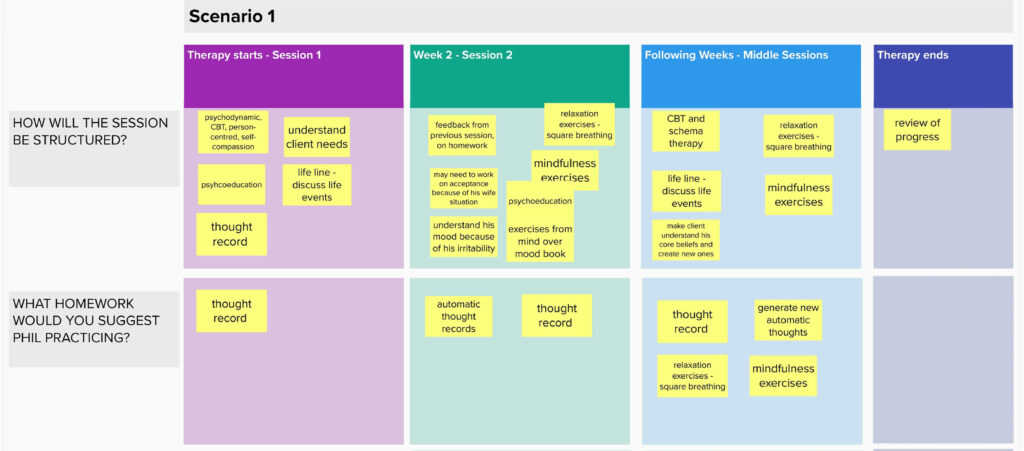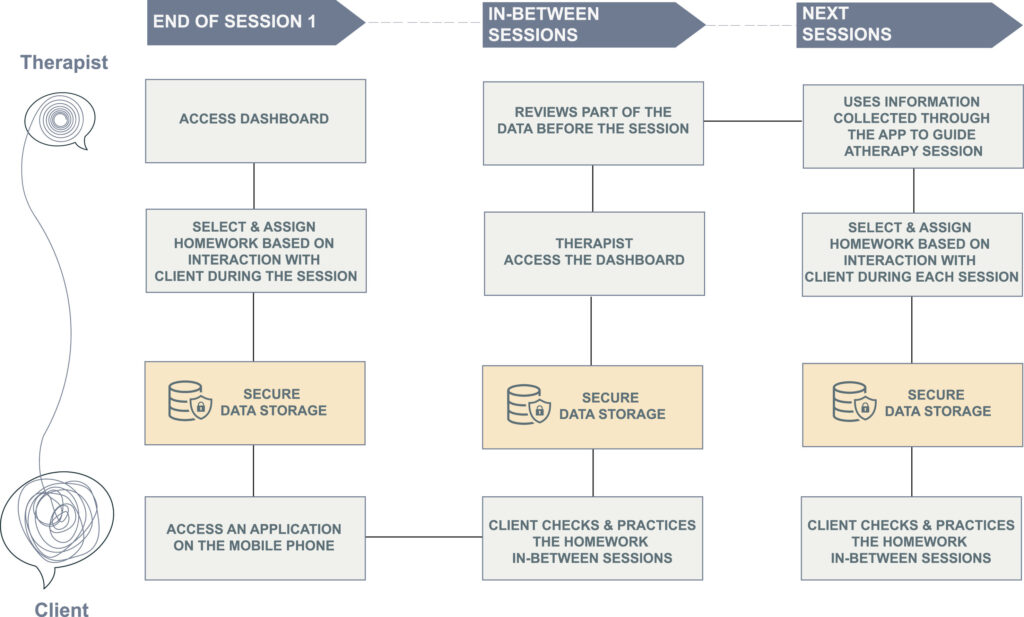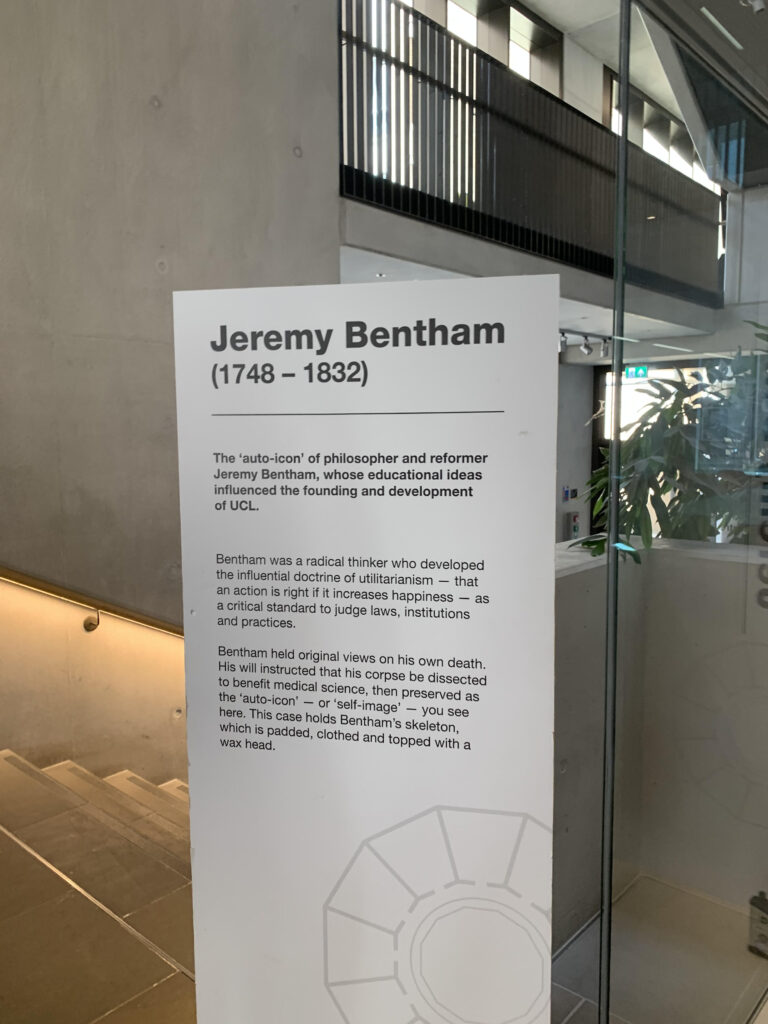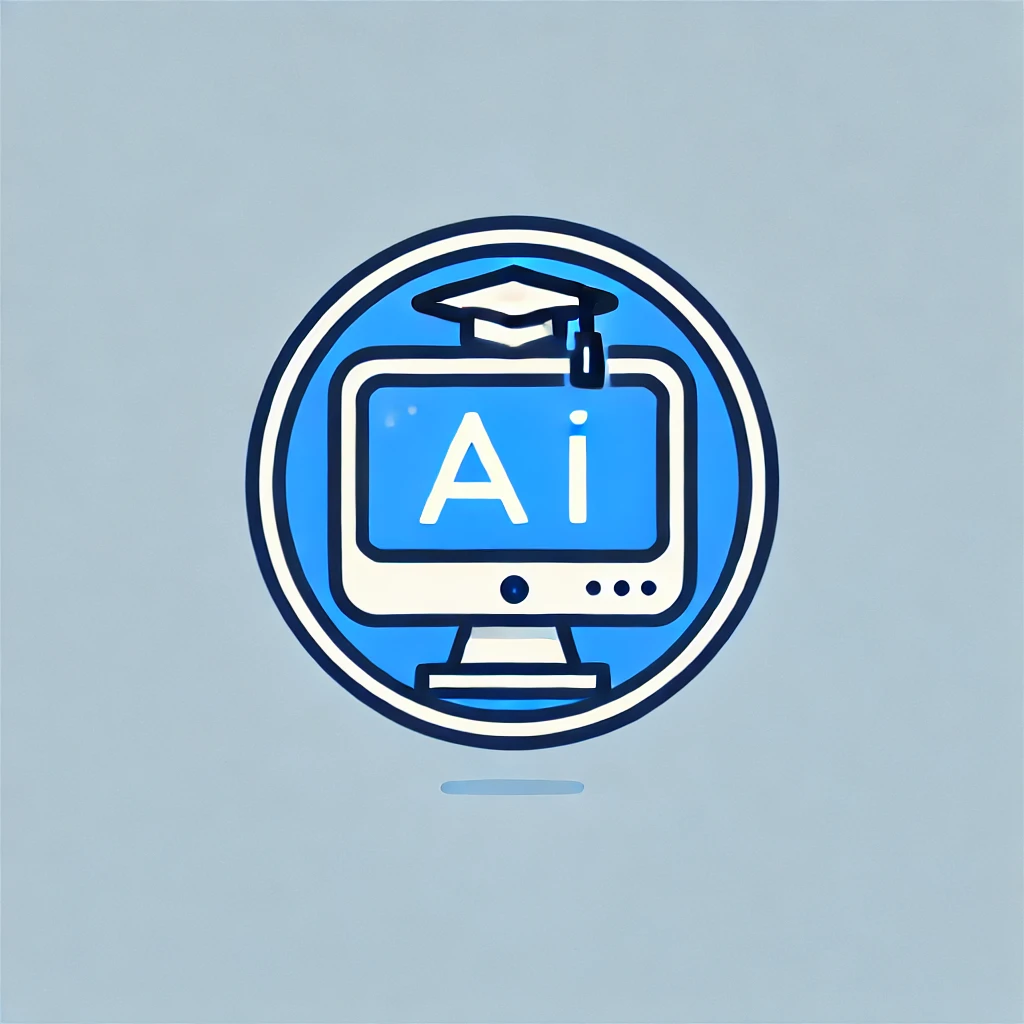Home » Posts tagged 'Work'
Tag Archives: Work
Designing personalized mental health interventions for anxiety: CBT therapists’ perspective
We recently had a new paper accepted for publication. This is the fifth and final study from Andreas Balaskas PhD research and was part of a collaboration with Gavin Doherty from Trinity College Dublin, Devin Doherty from University College Dublin and Stephen Schueller from University of California Irvine. The paper is available open access in the International Journal of Human-Computer Studies! 🎉
In this study, we explore CBT therapists’ work and gain their perspectives on designing personalized mental health interventions for anxiety disorders that would be used between face-to-face sessions.

Through semi-structured interviews and ideation activities, we identified key characteristics for personalizing mobile apps that can be used alongside therapy. This research offers valuable insights for designers of personalized mental health technologies.

Highlights
- We present CBT therapists’ perspectives on the design of digital mental health interventions.
- We present a range of tailoring characteristics for the personalization of apps to be used in-between therapy sessions.
- We provide takeaways for designers of personalized mental health mobile applications.
CHIWORK’24 Experience by Yoana Ahmetoglu
CHIWORK is an annual symposium focused on how HCI will support future work. This year, the CHIWORK’24 symposium was hosted by the University of Northumbria in the charming city of Newcastle-Upon-Tyne. There are quite a few cool-looking bridges over the river and across the city

I arrived in Newcastle with an early train from London and enjoyed the beautiful English countryside. Pro tip: the view of Durham Castle from the train is stunning and worth every second of window-gazing. Unfortunately, I did not manage to capture it as I was absorbed by the view but here is a photo from the web. It was a great train ride.

The first event was the student’s consortium where twelve students talked about their research experience, interests and got feedback and advice from mentors, such as Advait Sarkar from Microsoft, Andrew Kun from University of New Hampshire, Carine Lallemand from University of Luxemburg, and others. We presented posters to all attendees of the conferences and got to know each other better. Here is me talking about the studies I’ve conducted during my PhD.

What set this consortium apart was its inclusivity. Unlike typical events focusing solely on doctoral students, this one welcomed student from all levels. I met Audrey Chang from Harvard, an undergraduate student interested in democratizing knowledge who gave me great feedback on my own ideas. Interacting with students from all levels must surely be great for fostering research creativity.
In my talk during the consortium, I reflected on my doctoral journey, now in its fourth and final year, and raised questions about the skills to develop considering the recent AI boom. Horia Maior encouraged me to embrace my unique interdisciplinary expertise and rely on my broad skill set, which, while not easily labeled, allows me to identify and explore HCI research questions. This encouragement made me feel accepted and reassured me. Even if all I got out of the conference was this feeling, it would have been worth it. However, I gained so much more.

During discussions with mentors, I had a brief conversation with Carine Lallemand (in the photo above), who questioned the specific user experience I am designing for. These discussions were among the first to address a common theme: what does it mean to design for worker-centric productivity? Throughout the conference, I was pleasantly surprised to find a consensus on the importance of focusing on wellbeing at work. This includes considering health, work-life balance, and overall job satisfaction as crucial elements of productivity. Realizing that the “HCI for work” community strongly prioritizes these values made me feel a strong sense of belonging to this community.
The first day was followed by an opening key-note speech and a conversations panel, providing a great mix of experiences. My research presentation was during the second day. In our paper, we studied the functionalities which are useful for supporting users of to-do list apps to make more realistic plans. You can read more about this study here.

I thoroughly enjoyed giving the talk and engaging with the questions that followed. It was encouraging to hear from attendees who shared that they enjoyed the presentation. That’s another great thing about attending and presenting at conferences – you get to feel appreciated and valued by the broader community.
During the breaks, we shared lunch and coffees, and presented posters about our doctoral research. The size of the conference was just right to be able to get to know most people well enough (50 attendees).

One of the interesting presentations of the day was about “Trinity: A Design Fiction to Unravel the Present and Future Tensions in Professional Informatics and Awareness Support Tools” by Carine Lallemand and her co-authors. This study introduces Serenity, Affinity, and Capacity—three AI-driven tools. Serenity is like your personal wellbeing coach, monitoring stress and heart rates to keep you zen. Affinity acts as the ultimate team therapist, tracking moods and engagement to ensure everyone is on the same page. Capacity, the productivity guru, keeps tabs on project progress and potential risks, like a bossy but helpful project manager. The narrative humorously shows scenarios where these tools blend into daily work, making us really think (and often laugh) about the tech-driven future of collaboration.
Another interesting study was “Non-Expert Programmers in the Generative AI Future” by Molly Feldman and Carolyn Anderson. This study looks at how AI tools that turn natural language into code can help people who aren’t trained programmers. They studied non-programmers and found that while these tools are promising, beginners struggle with technical language and understanding the code that AI generates. The study also showed that regular computer science classes don’t fully prepare students to use these AI tools. The authors suggest focusing on teaching “code-building” skills, so more people can use AI to create and tweak code easily, making programming more accessible for everyone.
I had several chats with Molly, the author of the paper, who is a kind-hearted and warm person. She gave me useful advice on how to start getting myself educated in LLMs, for example, by learning the terminologies (as opposed to the tech side of things) and by taking a course specifically dedicated to LLMs that may be introduced in the coming fall term. I came out of the conference feeling prepared with more specific long-term goals.

The conference concluded with a town hall where all attendees got a chance to express their ideas about the future of the conference itself, reinforcing the sense of inclusivity. We also got to learn about how the conference came about, and after the closing key-note speech, we found out where next year’s conference will be and how to get involved in helping organize it.
CHIWORK’24 was a great experience, filled with inspiring talks, meaningful connections, and plenty of laughs. I left Newcastle feeling motivated, valued, and ready to dive back into my research with fresh ideas and perspectives. ‘Till next year in Amsterdam!
Attending CHIWORK 2024 – By Qing (Nancy) Xia
The 2024 CHIWORK conference took place last week at Northumbria University, up in Newcastle, and offered a great selection of interesting papers and discussions regarding the future of work.
This year, there were several papers which explored the topic of supporting workers not just in improving their productivity, but also considering factors such as ensuring workers’ autonomy and rights in the age of AI and worker wellbeing. In particular, I really enjoyed the exploratory work presented by Sowmya Somanath on designing technologies to support worker happiness and long-term satisfaction – an ongoing programme of work which I’m excited to follow. Yoana Ahmetoglu, one of my peers and good friend, also delivered an engaging talk on her paper regarding how time management apps could be better designed to reflect key strategies for supporting planning.
CHIWORK also offered a great platform for more exploratory research and reflections that inspired great discussions in the community. Several papers this year adopted a design fiction approach to explore different outlooks and possibilities of introducing AI in the workplace. Some of my favourite examples included Carine Lallemand et al.’s (2024)‘Trinity’, a thought-provoking fiction, imaginatively and immersively presented, in a future where every aspect of our individual and collaborative performances could be quantified and captured by AI, and the paper presented by Michael Muller et al. (2024), which raised important questions about the right of refusal when workers collaborate with organisational AI tools, and what our future may look like if human labour could be quantified and processed by AI just like any other piece of data. Beyond speculating about the future, there were also examples of new research methodologies for understanding human-AI interactions, such as the participatory prompting framework used by Ian Drosos et al. in their paper this year as well.
CHIWORK also included two interesting sessions that I particularly enjoyed. The first session was the Conversations panel, which involved two of my supervisors Professor Duncan Brumby and Professor Anna Cox presenting their alt.CHI work about the current state of academia and the place of AI within it. As a student, it was enlightening and interesting to observe how individuals within the community navigated their differing opinions on this topic and engaged in the debate. The second session was the Town Hall, which brought in-person and online participants together on a Miro board to brainstorm suggestions and ideas for future CHIWORK sessions. It was an interesting insight into understanding the ‘behind-the-scenes’ works of what defines a research community and how it all comes together.
Most exciting for me, as a PhD student, was getting the chance to meet and connect with fellow researchers and students who also worked in my field of interest – namely, the topic of user learning and expertise in the software. Meeting and chatting with Pranjal Jainand Molly Feldman and learning about their work really inspired me to reflect on my research ideas and approach in tackling my future PhD studies. There was also an impromptu opportunity to hop in and contribute to the conference itself – I ended up chairing the second session on ‘Inclusive and Accessible HCI’ on Wednesday, which was great for supporting my public speaking skills despite my initial nerves.
All in all, the conference organisers Marios Constantinides and Marta Cecchinato did a great job in getting the event together. I left CHIWORK this year inspired and excited to come back to Amsterdam for the next session in 2025!
My Work Experience at University College London Interaction Centre (UCLIC)
By Hywel Jenkins
During my five-day work experience at the University College London Interaction Centre, I had the opportunity to engage deeply with the realms of science communication, research inclusivity, and the integration of artificial intelligence in academic and professional settings. My work experience supervisor was Prof. Anna Cox. This post discusses my daily experiences, covering the activities I completed, the knowledge I gained, and the challenges I faced.
Day 1: Introduction and Exploration

On the first morning, I completed a brief tour of the UCL campus and the UCLIC office, which included a fire safety induction. This tour was not just to help me with orientation; it also provided a historical context, as I visited Jeremy Bentham, the founder of UCL. Learning about Bentham’s contributions set the stage for understanding UCL’s long-standing commitment to progressive education and research. Later in the morning, I watched several YouTube videos on science communication. These videos were important for laying the groundwork for my week’s projects, as they introduced me to the fundamentals of creating effective science communication artefacts. Initially, I felt nervous at the sheer volume of information and the tasks ahead, but this session helped mitigate some of my stress by providing a clear framework for approaching my assignments.

In the afternoon, I attended an event at the Equalities Research Centre, which focused on making research more equitable and inclusive. The session was interesting as it showcased the various initiatives within UCL’s brain sciences faculty aimed at fostering inclusivity. One thing I learned from this was the different impacts of various types of dementia on brain functions, such as memory and language skills.
Day 2: Blog Post Creation and Workshop Attendance
The second day began with downloading and reviewing the work of master’s students, which I would later feature in a promotional blog post for my Work Experience Supervisor. This task was both educational and demanding. I delved into diverse topics, including the effective use of large language models (LLMs) through prompt engineering, the benefits and challenges of the gig economy, and the integration of AI in the workplace. Furthermore, I attended a meeting with Yoana, one of my work experience supervisor’s PhD students, to gain deeper insights into her project. This meeting was important as I learned valuable information in it which I needed for my upcoming tasks.
In the afternoon, Anna had to assist with a workplace workshop, and I joined, observing from the back of the room. During this time, I utilised AI tools like ChatGPT to draft the promotional blog post. This experience was particularly beneficial as it demonstrated how AI can streamline the creative process and enhance productivity. However, staying focused amidst the ongoing workshop was a bit challenging due to the long time period that it went on for.
Day 3: Finalising Blog Post and Starting Information Page
On the third morning, I finished the blog post about the master’s students’ work. This task helped me to improve my skills in prompt engineering, and my overall skills in using AI tools for creating content. Following this, I attended a team meeting that offered further insights into the projects of Yoana and another PhD student, Shiping. The information I learned here was important for my second major project of the week.
In the afternoon, I began working on creating an information page for Anna’s website, which detailed the ongoing research projects within her research group. This involved finding information from different sources I had come across during the week, including my notes from meetings, posters, and research papers which Anna gave me. Later, I attended a seminar by a guest speaker from America (Prof Orit Shaer) who discussed the use of virtual reality (VR) for remote work. The seminar (which you can watch on YouTube here) highlighted the benefits of VR in enhancing focus, reducing stress, and improving convergent thinking in team settings. The day concluded with another exploration of the UCL campus, in order to go and see the previous homes of UCLIC within UCL.

Day 4: Continuing Projects and Starting Work Experience Report

The fourth day was primarily focused on continuing and nearly completing the information page about my work experience supervisor’s research group, using AI to help me make the logo opposite for these projects. Working from home presented some concentration challenges, but I managed to stay focused and learned many things from the ongoing research projects in the research group, including about the Research compliance buddy being created and the research on the use of AI tools in academia.
In the afternoon, I began working on my final project, this report writing about my work experience experiences at UCLIC. This involved reflecting on the week’s activities and thinking about what I had learned this far into my week. I also continued to refine my skills in using AI tools to aid in report writing. Concentrating for extended periods without breaks was difficult, but I managed to push through and make most of the progress that I needed to on this task.
Day 5: Finishing my tasks off on the final day
My morning was primarily focused on completing the remainder of the tasks which I had left. I worked on feedback from my supervisor, learning how to write more engaging texts and how to more easily proofread my work, by using the text to speech feature in Microsoft word. Following this work, I began to work on some ideas for social media posts to act as an advertisement for a survey that my supervisor is running.
Following my lunch break, I continued to work on these twitter posts, trying to make the most eye-catching and interesting advertisements to try and draw in the target audience of UK academics, lecturers and PhD students, leveraging both LLMs for ideas and AI image creation models such as Dalle 3 to achieve this. Following this, Anna showed me how to add the different artefacts that I had created over the week to word press, the tools she uses to create her website so that my work could appear on the website.
Conclusion
My work experience at UCLIC was both enriching and insightful. It provided a comprehensive understanding of the intersection between science communication, research inclusivity, and AI integration as well as what life working at a university is really like. Despite initial nervousness and challenges due to my unfamiliar environment, I successfully completed my assigned tasks. This experience significantly enhanced my skills in using AI tools, understanding inclusive research practices, and effectively communicating scientific ideas. It has been a pivotal experience that has contributed greatly to my personal and professional growth, helping me to better consider my career and educational decisions for the future.
’Jumping Out from the Pressure of Work and into the Game: Curating Immersive Digital Game Experiences for Post-Work Recovery
Mella, J., Iacovides, I., & Cox, A. (2024). ’Jumping Out from the Pressure of Work and into the Game: Curating Immersive Digital Game Experiences for Post-Work Recovery. ACM Games: Research and Practice.
In this paper we explore how digital games can be used for psychological recovery after work. We conducted a study involving eleven participants who played games post-work and participated in follow-up interviews.
Key points:
- Immersion in Gaming for Recovery: The study focuses on how immersion in gaming can aid in the recovery from work-related stress. Immersion is seen as a multifaceted experience that can help players detach psychologically from work stresses and recover their mental resources.
- Strategies for Immersive Experience: Participants reported various strategies to enhance their gaming immersion to optimize recovery. These strategies included selecting games based on their ability to provide challenge, mastery, relaxation, or a sense of control.
- Framework of Immersion Optimization: The research contributes a framework for understanding how different elements of games can be used strategically to facilitate recovery. This includes aspects such as game choice, gameplay settings, and in-game goals.
- Impact of Gaming on Recovery Experiences: The study found that strategic gaming can effectively provide recovery experiences such as psychological detachment, relaxation, and mastery. These experiences are crucial for recuperating after work and preventing long-term stress effects.
- Methodological Insights: The use of a laddering methodology provided detailed insights into the specific components of gaming that support recovery. This approach highlighted the direct connections between game features, player experiences, and recovery outcomes.
- Implications for Game Design and Use: The findings suggest that both game developers and players can benefit from understanding how different game features can be used to enhance post-work recovery. The study advocates for games designed with features that support recovery needs.
Every wondered how to get someone to reply to your email?
Me this week: why is this guy chasing me for a reply today when he only emailed me on Thursday?
Also me this week: how come that person I emailed on Wednesday last week STILL hasn’t replied?
We’ve all spent time hitting the refresh button on an inbox waiting for a reply to an email we’ve sent and wondering what’s holding things up. The truth is, people send urgent emails before others and if they think a reply to your email is not urgent and is going to take them ages to write, you might be waiting a really long time!

Our frustration waiting for others to reply to our emails led us to investigate which factors influence how quickly people respond to emails and whether there’s anything we can do as a sender to get them to choose to reply to us before answering someone else’s message!The results of our study of 45 people responding to 16,200 e-mails sent over a 3 week period show that when e-mail replies are not urgent, people wait to a later time to send replies rather than responding immediately. However, when they do respond they are more likely to tackle the messages that are easier to respond to (eg needing a short reply) and those that carry the greatest importance (eg when there’s something in it for the sender). In contrast, when presented with e-mails that need an urgent reply, people prioritize these and disregard factors such as length of reply.

Our results are important for all of us who use e-mail and want timely responses. Composing e-mails that clearly signal that an urgent response is needed is the best way to ensure that the receiver will deal with it promptly. If it’s not urgent, making clear that you just need a short response will mean your email gets replied to before others.
Anna L. Cox, Jon Bird, Duncan P. Brumby, Marta E. Cecchinato & Sandy J. J. Gould (2021) Prioritizing unread e-mails: people send urgent responses before important or short ones, Human–Computer Interaction, 36:5-6, 511-534, DOI: 10.1080/07370024.2020.1835481
How did people respond to the disruption to work caused by the pandemic?
Our paper “The new normals of work: a framework for understanding responses to disruptions created by new futures of work” has just come out in Human-Computer Interaction Journal.
Open access to the paper is available here: https://www.tandfonline.com/doi/full/10.1080/07370024.2021.1982391
In the paper, we explore how people adapted to work during the pandemic and how we might understand people’s response to disruption in the new future of work. We highlight a number of issues, tools and strategies that people used in their work to support them while working remotely. For example, virtual commutes, having dedicated space, new scheduling techniques or staying connected with colleagues through virtual chats and async chats
Exploring these with the Genuis and Bronstein model of “new normal” we show 3 kinds of responses:
- waiting to return to old normal,
- finding a new normal and
- anticipating a new future of work.
These new normals of work help us to understand how we can help workers going forward.

We’d like to thank our reviewers for their feedback and our participants for helping develop our work within eworklife.co.uk and a special shoutout to @DilishaBP whose work with the new normal model inspired this work 😀 You can find their paper on Finding a “New Normal” for Men Experiencing Fertility Issues here: dl.acm.org/doi/abs/10.114…
If you find this interesting you might also like our other papers on work during the pandemic:
- Disengaged From Planning During the Lockdown? An Interview Study in an Academic Setting Yoana Ahmetoglu; Duncan P. Brumby; Anna L. Cox (2021) IEEE Pervasive Computing
- Staying Active While Staying Home: The Use of Physical Activity Technologies During Life Disruptions Joseph W. Newbold, Anna Rudnicka and Anna Cox (2021) Frontiers in Digital Health
- Eworklife: Developing effective strategies for remote working during the COVID-19 pandemic A Rudnicka, JW Newbold, D Cook, ME Cecchinato, S Gould, AL Cox (2020) The New Future of Work Online Symposium
The first draft of this blogpost was written as a twitter thread by Joe Newbold and unrolled using ThreadReader
The great remote work experiment – what happens next?

Sam Wordley via Shutterstock
Daniel Merino, The Conversation and Gemma Ware, The Conversation
In this episode of The Conversation Weekly, four experts dissect the impact a year of working from home has had on employees and the companies they work for – and what a more hybrid future might look like. And we talk to a researcher who asked people to sit in bathtubs full of ice-cold water to find out why some of us are able to stand the cold better than others.
For many people who can do their job from home, the pandemic meant a sudden shift from office-based to remote working. But after a year of working from home, some company bosses really don’t want it to become the new normal. The chief executive of Goldman Sachs, David Solomon, called it an “aberration”, and Barclays chief executive Jes Staley said it wasn’t sustainable, because of how hard it is to maintain culture and collaboration with teams working remotely.
Meanwhile, others are fully embracing a remote work future. Twitter said its employees could work from home forever, and Spotify announced a “work from anywhere” policy. Other firms are starting to announce more hybrid policies, where people are expected to split their week between the home and the office: in March, BP told employees they would be expected to work from home two days a week.
In this episode, we talk to researchers who have been studying the shift to remote working during the pandemic about their findings. In France, Marie-Colombe Afota, assistant professor in leadership, IÉSEG School of Management in France, talks us through the initial results of a new study she did in late 2020 of 4,000 employees at a large French multinational. “The more employees felt that the organisation generally values being visible in the office, the more they felt expected to be constantly available while in remote work,” says Afota. “And, in turn, two months later, the less they felt productive and happy in remote work.”
A year of working from home has left some people close to burnout, according to Dave Cook, a PhD researcher in anthropology at University College London who has been interviewing people about their experiences of shifting to remote work during the pandemic. “Burnout and work-life balance is the forgotten public health emergency that’s emerging through throughout this lockdown,” he tells us. And he says that companies should start communicating with their staff now about what the future has in store: “So their employees can get on with planning the rest of their lives.”
For others, the shift to remote work has been a surprisingly good experience. Jean-Nicolas Reyt, an assistant professor at McGill University in Montreal, has been tracking the language that chief executives in North America used to talk about remote working in 2020. “What you see is that actually that misconception, that telework is just not as efficient as co-located work, has vanished for a lot of CEOs,” he tells us. “A lot of CEOs and a lot of employees are saying it was forced, but it’s actually pretty good.”
Ruchi Sinha, a senior lecturer in organisational behaviour and management at the University of South Australia, gives the view from Australia, where hybrid working is already becoming a reality, and where most invitations to a face-to-face meeting now come with a video link too. But Sinha says that opportunities to shift to a fully flexible way of working may be being missed, with companies implementing new policies as rigid as the old ones. “I don’t think we are spending enough time thinking about are we giving people choice to shape their jobs, to shape what they do,” she tells us.
In our second story, we find out that your genes influence how resistant you are to cold temperatures. To test this, scientists asked a group of men to sit in bathtubs full of icy water to measure their reaction – and how much they shivered. Victoria Wyckelsma, a postdoctoral research fellow in muscle physiology at the Karolinska Institutet in Sweden, explains what they found and what it means.
And Sunanda Creagh from The Conversation in Australia gives us some recommended reading about the recent floods in Sydney.
Read more:
‘They lost our receipts three times’: how getting an insurance payout can be a full-time job
The Conversation Weekly is produced by Mend Mariwany and Gemma Ware, with sound design by Eloise Stevens. Our theme music is by Neeta Sarl. You can find us on Twitter @TC_Audio or on Instagram at theconversationdotcom. We’d love to hear what you think of the show too. You can email us on podcast@theconversation.com
A transcript of this episode is available here.
News clips in this episode are from CNN, CNBC News, CBC News, NBC News, Arirang News, World Economic Forum, Goldman Sachs, AlJazeera English, 7 News Australia, Sky News Australia,, Euronews, DW News and Jornal da Record.
You can listen to The Conversation Weekly via any of the apps listed above, our RSS feed, or find out how else to listen here.![]()
Daniel Merino, Assistant Editor: Science, Health, Environment; Co-Host: The Conversation Weekly Podcast, The Conversation and Gemma Ware, Editor and Co-Host, The Conversation Weekly Podcast, The Conversation
This article is republished from The Conversation under a Creative Commons license. Read the original article.
Media interview: ‘If you switch off, people think you’re lazy’: demands grow for a right to disconnect from work
Prof Anna L Cox is quoted in The Guardian’s article ‘If you switch off, people think you’re lazy’: demands grow for a right to disconnect from work

